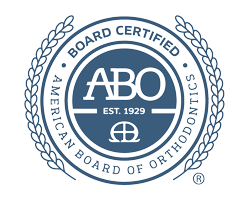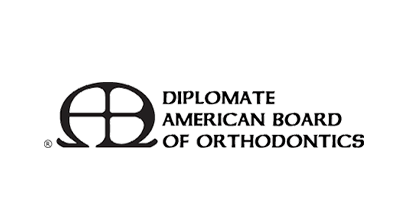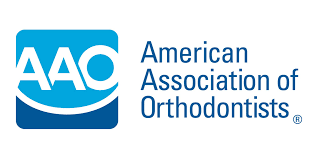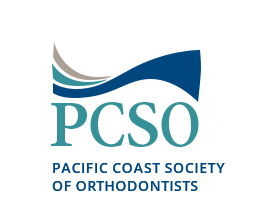What To Expect During a Smile Assessment
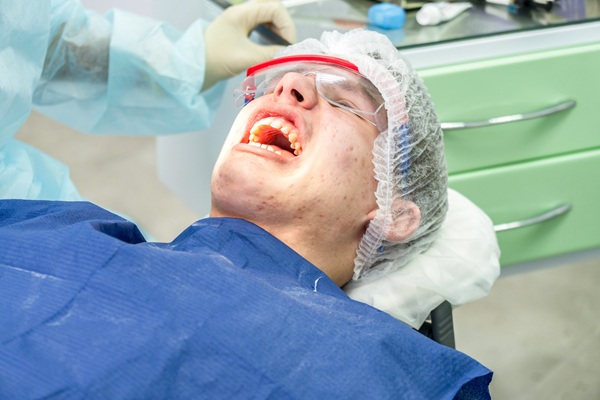
A smile assessment is the first step in any orthodontic treatment. The orthodontist will evaluate tooth position, gum health, and the bite to develop a personalized treatment plan. An assessment will also give the patient a chance to discuss priorities and learn what they can expect from treatment. Therefore, a smile assessment is the starting point for building a treatment plan that supports long-term function, aesthetics, and oral health.
What happens during a smile assessment?
A smile assessment begins with a conversation and a careful look at oral health. The orthodontist gathers important information about goals, comfort, and any previous treatments before reviewing the teeth and bite. This evaluation includes both a visual exam and detailed records, ensuring that no issue (big or small) is overlooked.
Keep in mind that a smile assessment is not only about finding problems. It is a chance to build a strategy for success. Whether the concern is crowding, spacing, or jaw position, the assessment sets the stage for comfortable, efficient, and personalized care.
How the bite affects facial harmony
The way the teeth fit together has a direct impact on jaw function and facial symmetry. During a smile assessment, the orthodontist evaluates various aspects of the bite, including where the upper jaw aligns with the lower jaw when biting, to determine how it contributes to the patient’s unique facial harmony. These measurements guide which movements are needed and how treatment should proceed.
Even small bite corrections can make a big difference. A well-balanced bite protects the teeth from excessive wear and supports healthy jaw joints. By guiding tooth movement with both function and facial harmony in mind, an orthodontist ensures that changes support a natural, confident smile. Mapping the bite also makes it easier to match treatment options to daily routines and long-term expectations.
How imaging helps create a roadmap for treatment
During a smile assessment, digital imaging and X-rays give the orthodontist a detailed view of the smile. High-resolution images capture the arc, posture, and position of the teeth when smiling and at rest. Meanwhile, X-rays reveal root structure, bone levels, and hidden conditions that are not visible above the gumline. Together, these visuals create a valuable reference point for planning and allow patients to see their starting point clearly.
Will I need to take impressions?
Digital impressions have replaced traditional molds in most orthodontic practices. A handheld scanner can generate a 3D model of the teeth, bite, and surrounding anatomy — all without the mess. These scans improve comfort while providing the accuracy needed to design clear aligners, braces, and other orthodontic appliances. However, make sure to call ahead and confirm whether impressions may be part of the patient’s smile assessment.
Exploring orthodontic treatment options
After reviewing records, the orthodontist will explain the available options in detail. Some patients may benefit from clear aligners for discreet, removable treatment. Others may prefer the consistent control of ceramic or metal braces. In some cases, small appliances like elastics or anchorage devices may help fine-tune results. This part of the smile assessment is about choosing the right tools for the job.
Book a smile assessment today
A smile assessment informs orthodontic treatment planning. To schedule yours, contact our Downey team. We help patients in Downey and the surrounding communities take the first step toward their dream smile.
Request an appointment here: https://paramountorthodontics.com or call Paramount Orthodontics at (562) 367-7034 for an appointment in our Downey office.
Check out what others are saying about our dental services on Google: Smile Assessment in Downey, CA.
Related Posts
Clear aligners are one of the most popular methods in orthodontics to address issues with alignment. Over the years, the technology behind aligners has improved greatly, thus allowing for more and more issues to be resolved. In addition to the versatility behind clear aligners, they offer an array of benefits that other approaches do not…
A teen orthodontist is a trusted partner for adolescent patients to achieve healthy, confident smiles. These dental specialists can address teeth alignment and jaw concerns during this stage of oral development. After all, orthodontic treatment during the teenage years can be especially effective; the mouth and jaw are still growing, making them more responsive to…
Many parents wonder when to take their child to see a braces specialist, such as an orthodontist. This dental specialist can provide children and their parents with advice on the right time to start orthodontic treatment and decide if they need early orthodontic treatment. By scheduling an early orthodontic evaluation with a braces specialist, parents…
Phase two orthodontics is the second stage in comprehensive orthodontic treatment, typically following an initial intervention known as Phase One. The primary objective of Phase Two orthodontics involves perfecting alignment, correcting bite issues, and achieving optimal aesthetics and function. Patients often undergo Phase Two orthodontics during adolescence, once most permanent teeth have emerged, allowing for…

